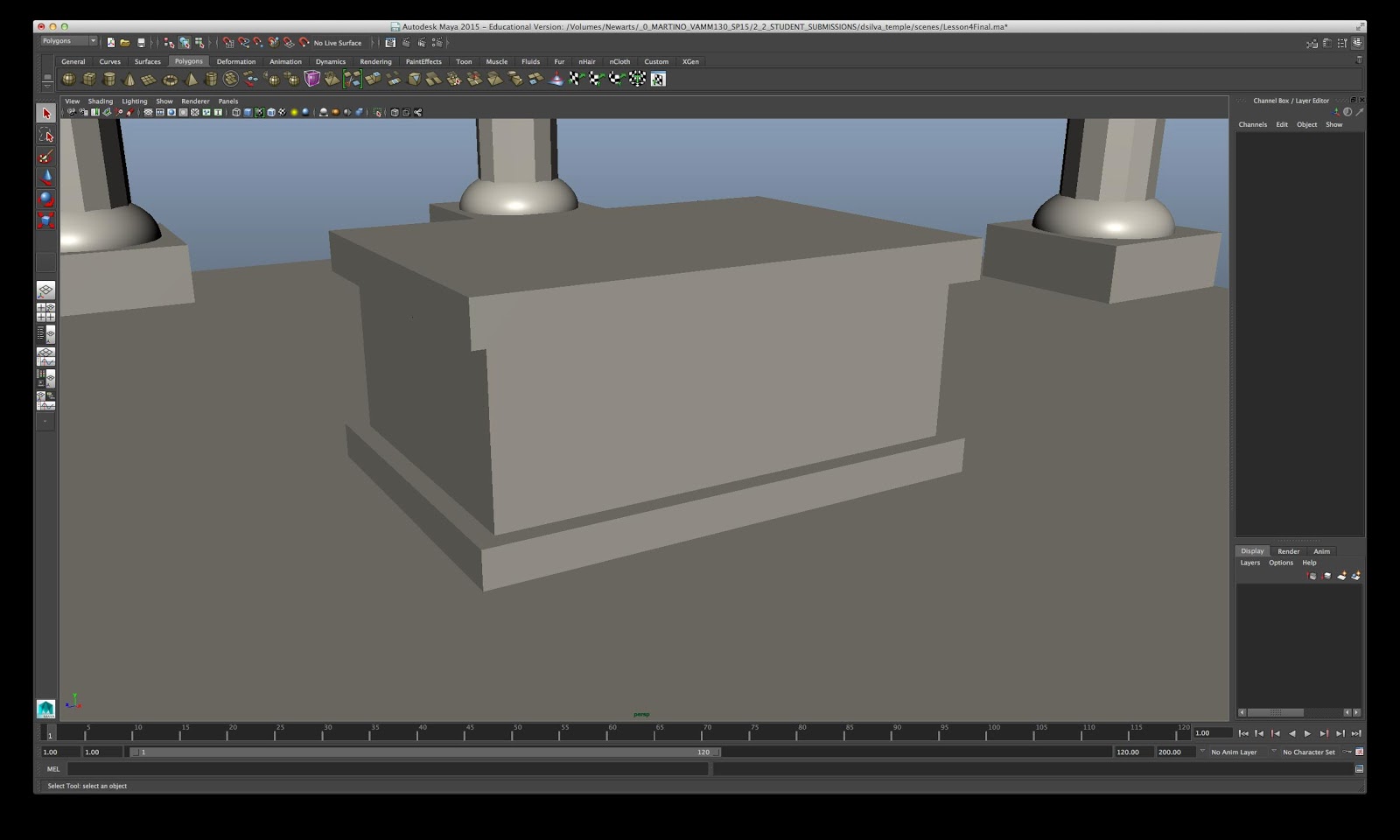This blade from Atlanta Cutlery resembles a miniature Luristan bronze, or others used in West Asia in the late Bronze and early Iron ages, so I went for a vaguely ancient Near Eastern look in furnishing it. It could also pass for a Conan-esque fantasy weapon if it weren't so tiny.
In reality, I have no idea what they were going for with this design. It most closely resembles a Sürmene knife, but the slop of the shoulders, undifferentiated pommel area and rounded butt end go against that. In any case, I preferred something older.
The scales are maple; I sorted through the 1/4-inch planks at Lowe's to find the curliest piece available, although the rounded shape rendered the grain less visible. With a light stain and linseed oil finish, it bears some resemblance to curly walnut. I filed a small inset section into the scales and tang to hold the twisted copper wire, which begins and ends inserted into small channels in the undersides of the scales.
The pins are all 1/8-inch copper wire. In most photos of the bare blade I've seen, the two holes at the shoulders look much smaller than the ones running down the middle of the tang - I bought some 1/16-inch wire in anticipation of that - but in fact they're the same size.
I could find little or no information about ancient scabbard construction, so I used a wood core covered with leftover scraps of light brown suede and painted on a generic winged beast motif. I don't much like this bulging cross stitch and probably won't use it again; a flat cross stitch is much nicer-looking even if it does put more strain on the leather (at least the way I do it).
When worn, the thongs are passed over and behind the belt, down and out, then tied again in front of the scabbard below the first knot. Alternately, the thong may be done away with and the scabbard simply tucked behind the belt, but I find this method uncomfortable, and didn't include a throat to prevent it sliding out of the belt (a la the "Elamite dagger").
The conceit in including a second sheath is that the blade was refurnished in modern times. It's your basic veg-tan finished with brown shoe polish and acrylic varnish. A snap is stitched to the belt tab and covered on the outside with a homemade brass spot before the tab is riveted to the sheath's back face. Because the faces are stitched outside the welt for a tight side closure, the sheath looks much wider than one might assume necessary. A back-seamed sheath would produce a narrower profile, but side-seamed ones appear to be more popular in America.































